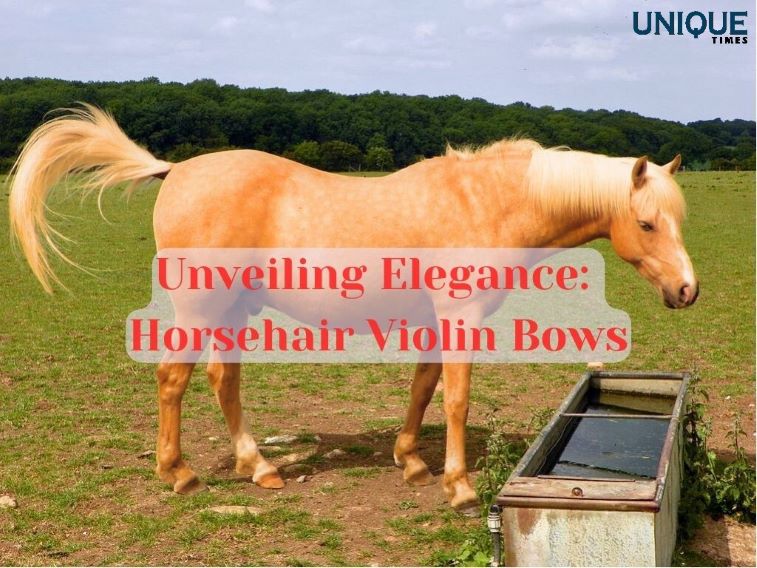The Elegance of Violin Bows: A Symphony of Horsehair

When you think of a violin, the graceful melodies of classical compositions and the rich history of musical artistry often come to mind. However, beyond the enchanting strings and the finely carved wooden body, there is an equally essential component that contributes to the magic of a violin’s sound: the bow. Not just any bow, but one crafted with a unique material that might surprise you – horsehair. In this article, we delve into the world of violin bows, exploring the fascinating connection between these exquisite instruments and the humble horsehair.
A Melodic Partnership: Horsehair and Sound Creation
The violin bow is an extension of the musician’s arm, a conduit through which their emotions and expressions flow into the strings. The marriage between horsehair and violin strings creates a remarkable synergy, giving birth to the soul-stirring melodies that have resonated through centuries. Horsehair possesses an inherent flexibility and strength that allow it to create vibrations when drawn across the strings. This interaction produces the distinct tones that musicians use to craft their musical narratives.
From Horse to Bow: The Art of Crafting
Crafting a violin bow from horsehair is an intricate art that requires skill and precision. The process begins with selecting the finest horsehair, usually taken from the tails of horses. The hair is meticulously cleaned, sorted, and straightened, ensuring uniformity in texture and length. The hairs are then delicately woven and attached to the bow’s wooden structure, forming a resilient yet supple arc. The craftsmanship involved in this process significantly influences the bow’s playability and sound projection.
The Dance of Bow and Strings: Playing Technique
Playing the violin is akin to a delicate dance between the musician, the bow, and the strings. The unique properties of horsehair enable musicians to control the bow’s pressure, speed, and angle with remarkable finesse. By adjusting these variables, a skilled violinist can conjure a range of emotions – from the tender notes of a lullaby to the passionate crescendo of a concerto. The horsehair’s interaction with the strings is the conduit through which the player’s intentions are translated into auditory beauty.
Caring for a Musical Partner: Maintenance and Longevity
Maintaining a horsehair violin bow is an essential aspect of preserving its performance and longevity. Horsehair, being a natural material, requires proper care to ensure its optimal functionality. Musicians often apply a small amount of rosin to the bow’s hair before playing. Rosin is a resin derived from trees that enhances the friction between the bow and the strings, producing a clear and resonant sound. Additionally, regular cleaning and rehairing (replacing the worn-out horsehair) are crucial to sustain the bow’s responsive nature.
An Ongoing Legacy of Sound
The tradition of crafting violin bows from horsehair extends back for centuries, capturing the essence of time-honored craftsmanship. The enchanting partnership between horsehair and the violin continues to inspire musicians and audiences alike, bridging the gap between artistry and nature. The next time you’re captivated by the melodic strains of a violin, take a moment to appreciate the intricate dance between the horsehair bow and the strings, a collaboration that has stood the test of time and continues to serenade our souls with its harmonious resonance.
Picture Courtesy: Google/images are subject to copyright








